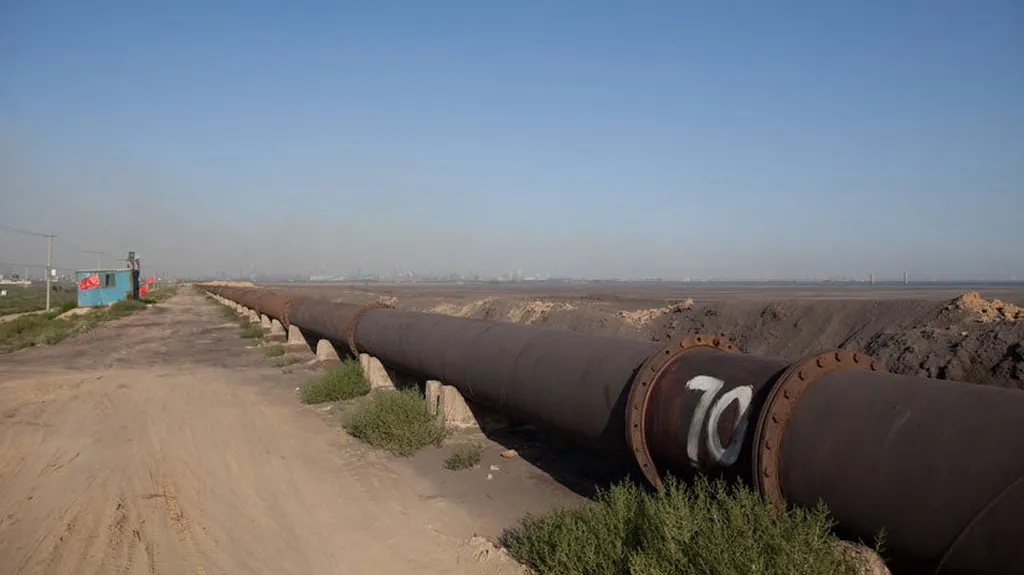In the heart of China’s Inner Mongolia, a novel approach to recycling pipe jacking waste soil is gaining traction, with significant implications for the energy sector and urban infrastructure development. Jianchen Song, a researcher at Inner Mongolia Yin Chao Ji Liao Water Supply Co., Ltd., has spearheaded an experimental study that transforms a common construction byproduct into a valuable resource. The research, published in *Engineering Reports* (translated from Chinese), opens new avenues for sustainable urban development and cost-effective energy infrastructure projects.
Pipe jacking, a trenchless method used for installing underground pipelines, generates vast amounts of waste soil. This material, often deemed useless, poses significant disposal challenges due to its complex composition and poor drainage properties. However, Song’s study demonstrates that this waste soil can be repurposed into Controlled Low Strength Materials (CLSM), a versatile and eco-friendly construction material.
The study, titled “Experimental Study on the Properties of Controlled Low‐Strength Materials Prepared by Pipe Jacking Slag,” explores the optimal mix designs for creating self-compacting CLSM. By varying the water-solid ratio, lime-soil ratio, and fly ash-to-cement ratio, Song and his team discovered key insights into the material’s flowability, water secretion rate, and compressive strength.
“Water–solid ratio predominantly governs CLSM flowability,” Song explained, highlighting one of the study’s critical findings. The research also revealed that compressive strength decreases with increasing fly ash-to-cement ratio but enhances with higher lime-soil ratios. These findings provide a technical roadmap for engineers and construction professionals seeking to utilize pipe jacking waste soil effectively.
The optimized CLSM mixtures developed in this study exhibit excellent flowability, low water secretion rates, and compressive strengths ranging from 0.35 to 0.7 MPa, meeting the specifications for trench backfill applications. This breakthrough offers a sustainable solution for urban underground engineering projects, reducing waste and lowering costs.
For the energy sector, the implications are substantial. As cities expand and energy infrastructure grows, the demand for trenchless construction methods like pipe jacking increases. The ability to recycle waste soil into high-quality CLSM not only reduces disposal costs but also minimizes the environmental footprint of these projects. Moreover, the use of CLSM can enhance the stability and durability of underground structures, ensuring long-term reliability and safety.
Song’s research, published in *Engineering Reports*, underscores the importance of innovation in construction materials and methods. By transforming waste into a valuable resource, this study sets a precedent for future developments in sustainable urban infrastructure. As cities worldwide grapple with waste management and environmental challenges, the insights from this research offer a promising path forward.
The study’s findings are not just academic; they have real-world applications that can shape the future of construction and energy projects. By embracing these innovations, the industry can move towards a more sustainable and cost-effective future, benefiting both the environment and the bottom line. As Song’s research demonstrates, the key to progress lies in seeing value where others see waste.

